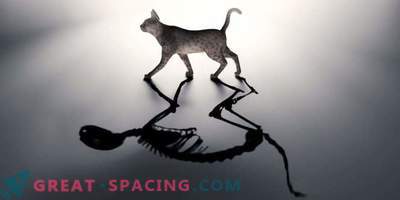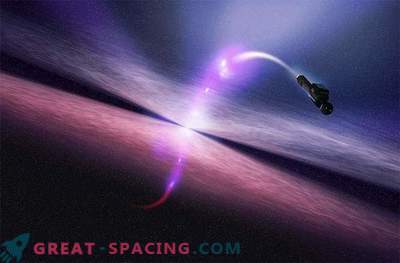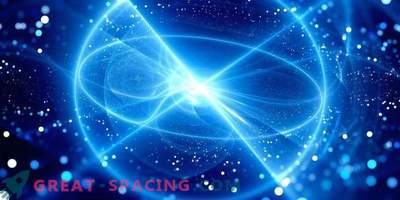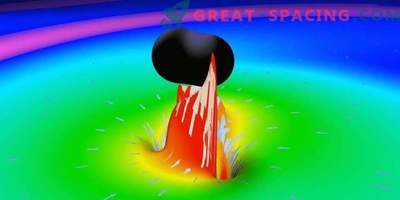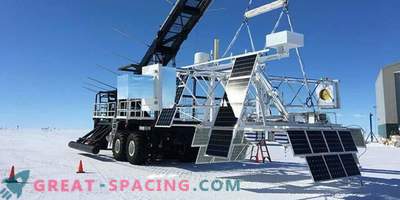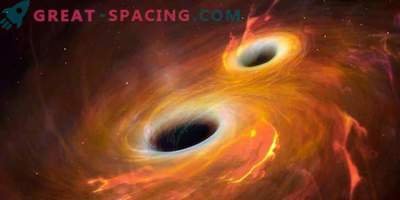
A smaller and more mysterious quantum world dares to challenge our fundamental ideas about time and space beneath the surface of a familiar reality. In this mini-world, the concepts of “before” and “after” literally dissolve, so two events can precede and succeed in each other. That is, event A can occur before B. and vice versa.
This idea is called “quantum switching” and was first proposed in 2009. Previous experiments have shown that A is able to precede or be realized in Event B, but the study cannot confirm that two scenarios occurred in the same place.
To pinpoint exactly where these causal violations occurred, the researchers implemented one quantum switch with a slightly different architecture. The new design allowed to experimentally demonstrate that A occurs before and after event B, not only at the same time, but also in the same place. Scientists have programmed and observed how a photon (a quantum particle of light) moves along a target, capable of choosing one of two ways.
A photon is considered as a particle and a wave. If scientists used it with horizontal polarization (waves oscillate), then the photon would have to go A and then move backward in order to go B (that is, A happened before B). If we are talking about a vertical photon, then B comes first, and then A (B comes true before A). However, in the quantum world dominated by the bizarre phenomenon of superposition. In it, photons are capable of being both horizontally and vertically polarized. Here again the famous paradox of Schrödinger's cat is recalled, where in the quantum world it can be both alive and dead.
True, there is a trick: physicists cannot see or measure what photons do. The fact is that the act of measurement itself destroys the superposition, because it will force the photons to choose in what order to follow. Instead, the researchers used a number of “obstacles”, in the form of optical elements (lenses and prisms), which indirectly made the two events distinct.
As the photons passed through the paths, the lenses and prisms changed the shape of the waves of each photon. This transformed their polarization (direction). At the end of the journey you can measure the new polarization. The team has created different optical elements to conduct many tests with various parameters. The combination of measurements served as a “causal witness” —the value became negative if the photons passed both paths simultaneously.
It turned out that when the photons were in a state of superposition, the causal witness became negative, indicating that the photons traveled in both ways. That is, for them “before” and “after” did not exist.
